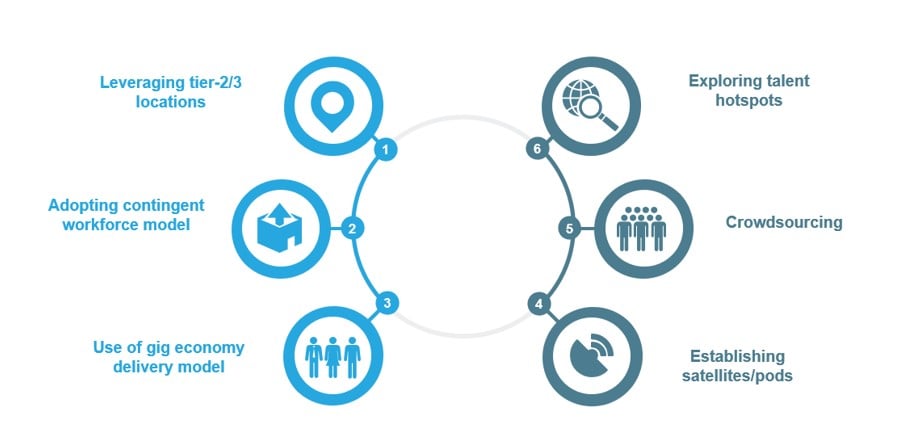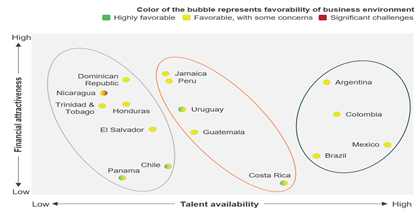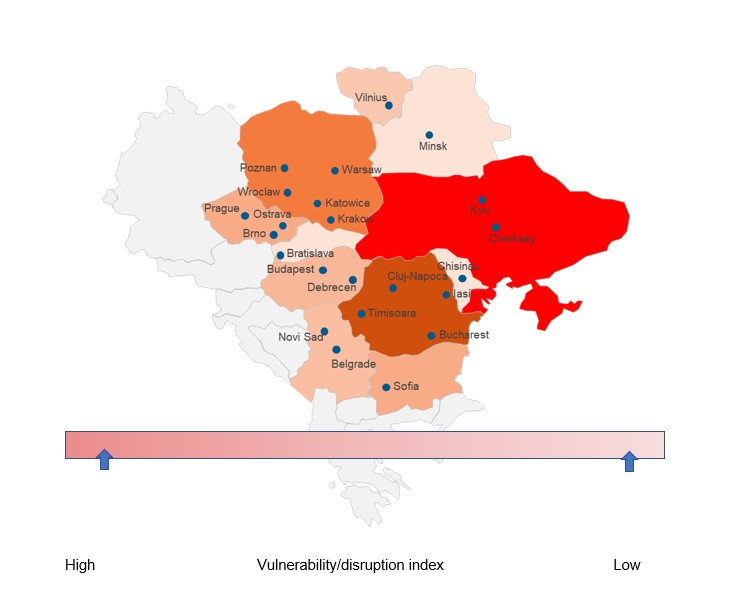The Ukraine-Russia War is Impacting Global Sustainability Initiatives and Derailing Progress in Meeting SDG Goals | Blog
The Ukraine-Russia War has hindered the progress of nations and businesses toward achieving global sustainability goals. Along with its humanitarian and economic consequences, the crisis has altered investment in energy, defense, and autocratic states. Can the enthusiasm the world felt just seven years ago about reaching Sustainable Development Goals (SDGs) be recaptured, and what does the future hold for sustainability enablement service providers? Read on to find out.
The optimism around achieving SDGs, also known as the Global Goals, has waned since its adoption by the United Nations in 2015 with the promise of improving people’s lives and preserving natural resources.
Global sustainability initiatives have been impacted by the Ukraine-Russia War, the pandemic, and supply chain issues. According to the UN, income for about 60% of the global workforce declined during the pandemic. Supply chain issues further exacerbated the economic contraction and humanitarian losses by inflating food and fuel prices.
The war is impacting progress in accomplishing SDGs, directly through its humanitarian and economic consequences, and indirectly through its effect on Environmental, Social, and Governance (ESG) investments.
The following three major challenges have emerged due to changing perceptions about ESG investments in light of this crisis:
- The war has ramifications on global energy transition
The Ukraine-Russia war has slowed down the global energy transition to renewables in two ways:
Increased metal and gas prices slowing renewable technology investment – The region is a leading supplier of “energy transition metals” like nickel, palladium, copper, and lithium. Russia accounts for 7% of the world’s mined nickel and 33% of the world’s mined palladium, which are used in electric vehicle batteries and to reduce automobile emissions, respectively. Ukraine is the largest supplier of noble gases like krypton, which is used in renewable technologies. The war has reduced the already sluggish rate of renewable technology investment by increasing the prices of these metals and gases.
Ramped up coal production and fossil fuel investment – Russia accounts for 17% of the world’s natural gas supply, which is perceived as a transition fuel globally. Before countries develop sustained sources of renewable energy, natural gas is replacing fossil fuels due to its lower carbon emissions. The issue is more pronounced in Europe, as about 80% of Russia’s natural gas is exported to Europe, fulfilling about 40% of Europe’s gas demand. The war has inflated gas prices. Although the US has agreed to supply more gas to the region, this raises the question of sustained gas supply and puts pressure on European governments to accelerate their net-zero strategies. The market is optimistic that Europe will transition to clean energy faster than expected because it needs to become energy self-reliant.
Slow investment in renewable energy has further dipped since 2018. While renewable energy requires patient and risk-tolerant investors, fossil-fuel investment generates considerable returns quickly due to the massive existing hydrocarbon infrastructure. In the war’s wake, fossil fuels are seeing an investment frenzy, with Canada, the US, Norway, Italy, and Japan increasing production. Many countries across Europe again are ramping up coal production to avoid depending on Russian gas. In the short run, it seems that the world has taken steps back on global warming
- Investment in defense is being reclassified as sustainable
Before the war, steering away from investing in arms and ammunition was considered prudent and ESG conforming. However, the war has brought back fears of traditional warfare. Now, many nations have started taking a U-turn from this narrative by categorizing defense investment as sustainable for national security and global alliances. Many global defense suppliers’ share prices spiked upward the first day Russia invaded Ukraine.
Many European nations, including Germany, Poland, and Sweden, have announced increases in their defense budgets. SEB Investment Management, a leading asset-management firm in the Nordics, has revised its sustainability policy to allow some of its equities and corporate bonds to be invested in the defense sector. With skepticism associated with traditional warfare restored, investors and governments are bound to pump more money into arms and other defense products.
- Investors are steering away from autocratic states
Investors are facing heightened reputational risks for associating with authoritarian regimes. The boundary between investing in government bonds of an autocratic state and investing in companies conducting business in/with the autocratic states is now blurred for investors. Western investors are striking Russia off their investment list, especially if the investment is ESG-compliant. This can dampen investments in other autocratic states and the businesses associated with them.
How does the war impact sustainability enablement service providers?
The war has temporarily derailed the uptake of renewable energy investments. To start, this will impact enterprises’ Scope 2 emissions reduction goals. Scope 2 emissions are generated from purchased electricity, and reducing these emissions requires enterprises to turn towards renewable electricity sources.
The sustainability enablement technology industry also will experience a short-term supply crunch of semiconductor chips, which is an important input in producing sustainability technologies.
To deal with these choppy waters, organizations will need help from consulting and technology providers to shift their sustainability mix to access net-zero strategies to still achieve their committed targets for global sustainability initiatives.
Moreover, as the sustainability ecosystem matures, forward-looking investments in scaling undertakings such as enhancing trust in data and reporting (avoiding greenwashing claims), scaling operations to accelerate net-zero targets, and creating persistent governance systems will continue to create momentum.
To further discuss global sustainability initiatives, contact [email protected], [email protected], and [email protected]
You can read more about the impacts of Russia’s military action in Ukraine on services jobs and global sourcing in our blog, “Will Ukraine’s Invasion Have a Domino Effect on Other Geopolitical Equations?”





